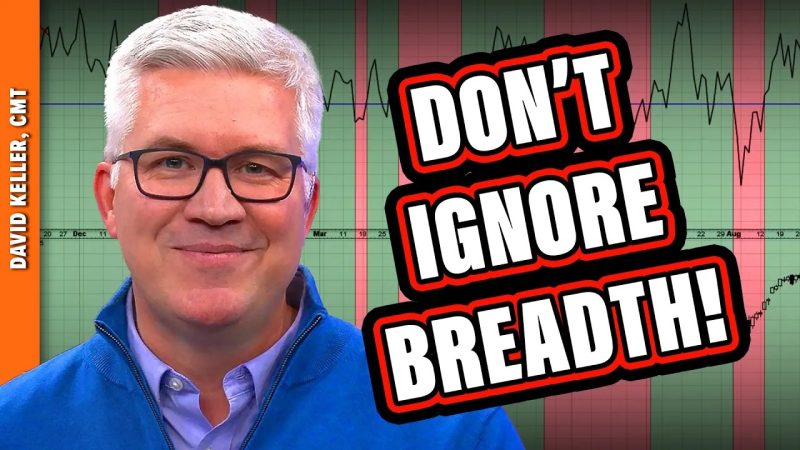
5 Vital Breadth Indicators You Must Pay Attention To!
Breadth indicators are a vital tool used by investors and analysts to gauge the overall health and strength of the market. These indicators provide valuable insights into the underlying market conditions by measuring the number of stocks participating in a market move. By analyzing breadth indicators, market participants can gain a broader understanding of market trends and potential turning points. Here are the top five breadth indicators that you can’t afford to ignore in your investment decisions.
1. **Advance-Decline Line (AD Line)**:
The Advance-Decline Line is one of the oldest and most widely used breadth indicators in the market. It calculates the difference between advancing and declining stocks on a given trading day. A rising AD Line indicates that more stocks are advancing compared to declining stocks, signaling a healthy market trend. Conversely, a declining AD Line may suggest weakening market breadth and potential market downturns.
2. **New Highs-New Lows Ratio**:
The New Highs-New Lows Ratio measures the number of securities reaching new 52-week highs versus new 52-week lows. A high ratio indicates a strong market, reflecting widespread participation and positive momentum. On the other hand, a low ratio may signify underlying weakness in the market as fewer stocks are making new highs compared to those making new lows.
3. **McClellan Summation Index**:
The McClellan Summation Index is a more advanced breadth indicator that smooths out short-term fluctuations to provide a broader view of market breadth. It uses exponential moving averages of the daily advances and declines to generate a cumulative indicator. A rising McClellan Summation Index indicates a healthy market with sustained upward momentum, while a declining index can signal potential distribution and market weakness.
4. **Breadth Thrust**:
The Breadth Thrust indicator identifies sharp increases in market breadth after a period of consolidation. It measures the rate at which advancing issues are outpacing declining issues over a short period, often around ten trading days. A strong Breadth Thrust is considered a bullish signal, suggesting a robust market rally may be underway.
5. **Arms Index (TRIN)**:
The Arms Index, also known as the TRIN (Short-Term TRading INdex), compares advancing and declining issues with advancing and declining volume. A TRIN value above 1 indicates bearish sentiment, while a TRIN value below 1 suggests bullish sentiment. Extreme TRIN readings can indicate overbought or oversold conditions in the market, helping traders anticipate potential reversals.
In conclusion, breadth indicators play a crucial role in assessing market breadth and trend strength. By incorporating these top five breadth indicators into your analysis, you can gain valuable insights into market conditions and make informed investment decisions. Monitoring these indicators regularly can enhance your trading strategies and improve your overall performance in the dynamic world of financial markets.
